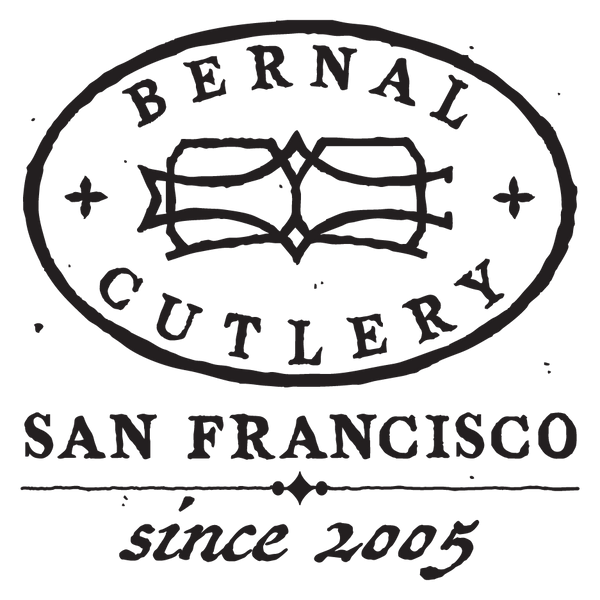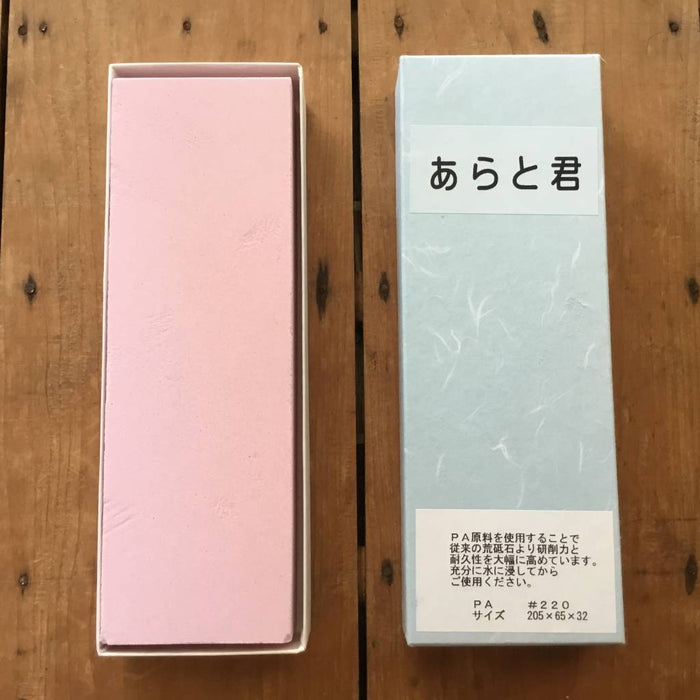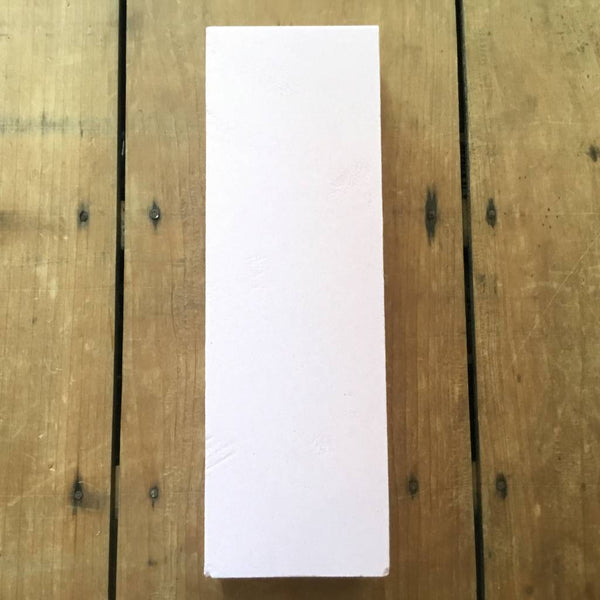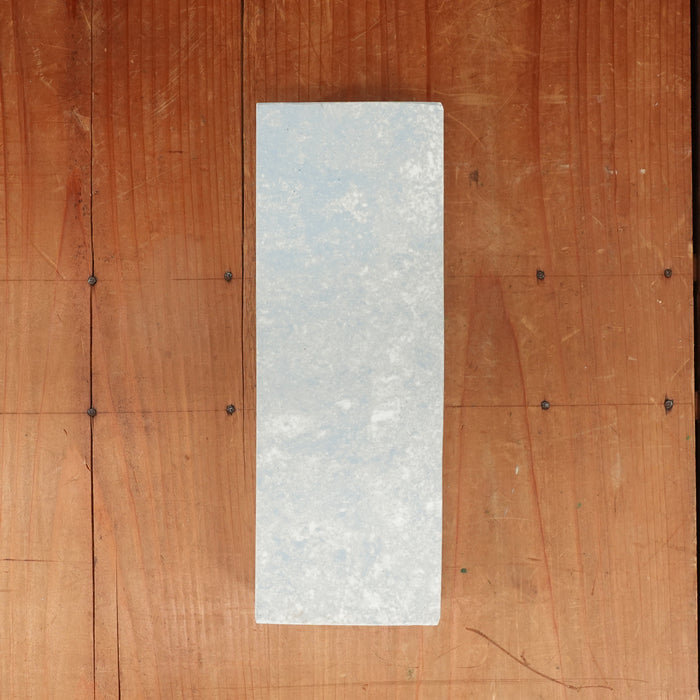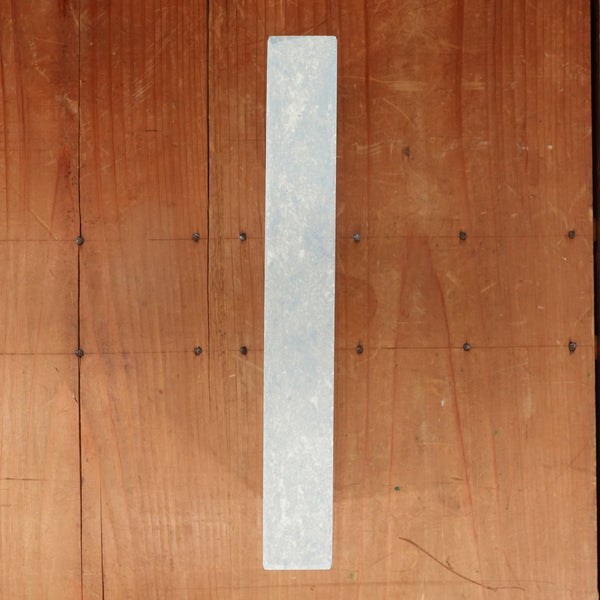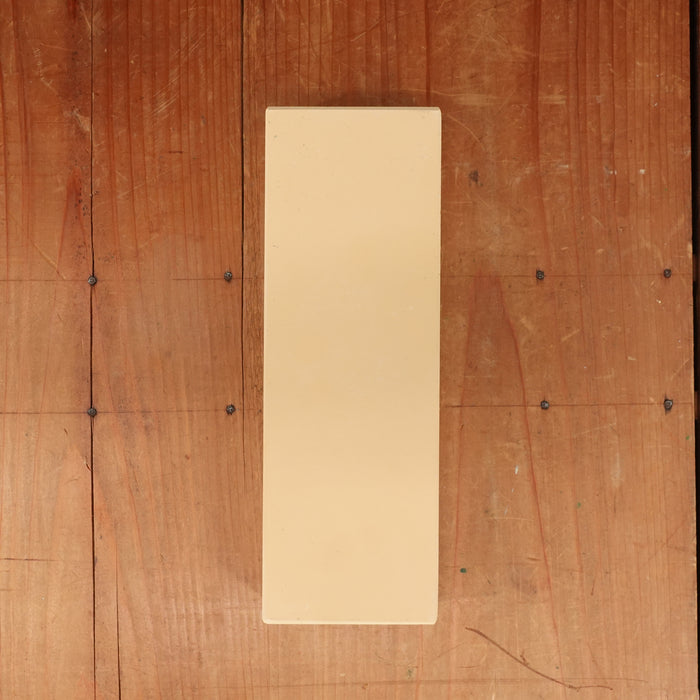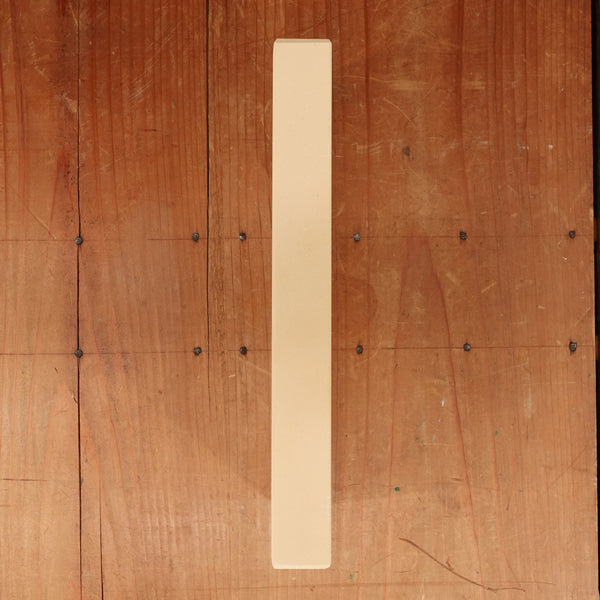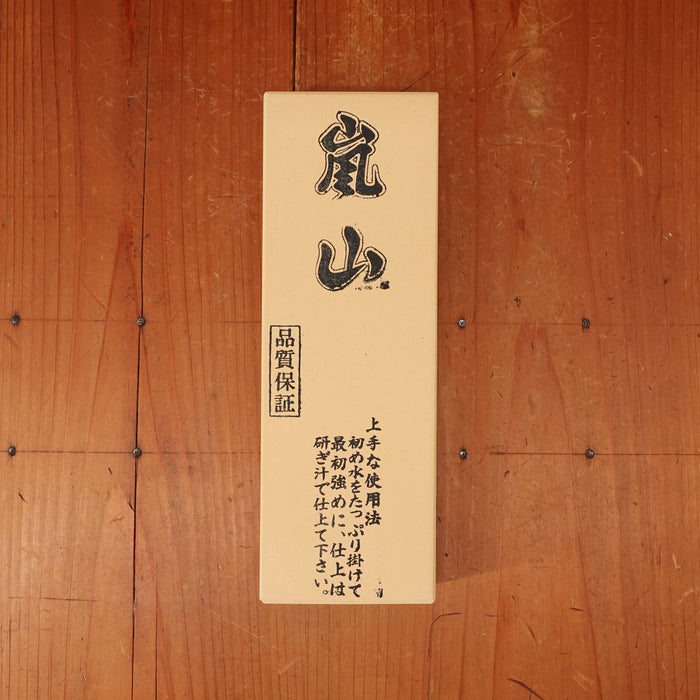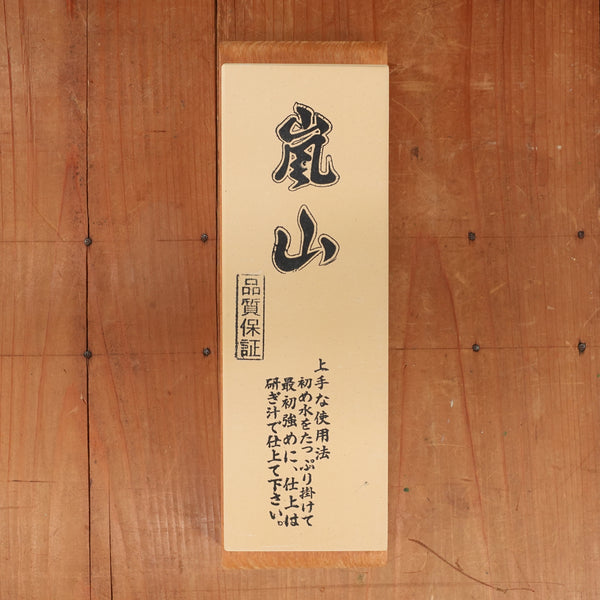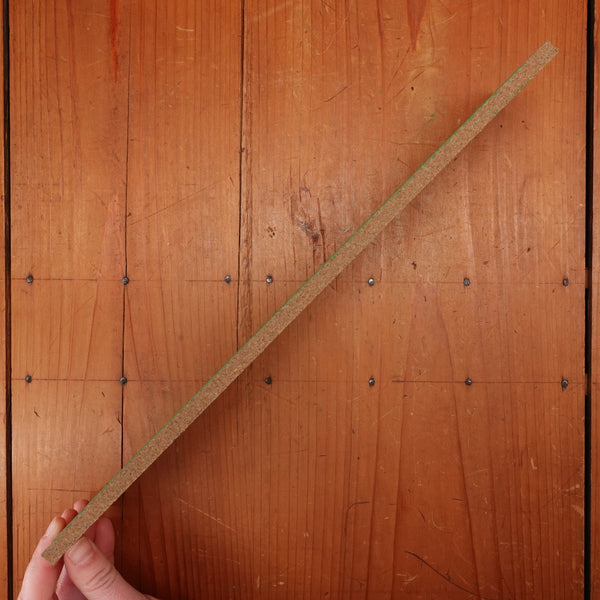Trade In Nigara Hamono 170mm Bunka VG10 Tscuchime W/ Saya
-
Regular Price
-
$221.44
-
Sale Price
-
$221.44
-
Regular Price
-
Sold Out
-
Unit Price
- per
- Regular Price
- $221.44
- Sale Price
- $221.44
- Regular Price
- Unit Price
- per
Trade in bunka in excellent condition without original packaging but with saya. This stainless steel knife shows virtually no signs of use, though there does appear to be a small blemish near the edge in the center of the knife. This should have no impact on the performance of the knife now or long term. Comes with fresh edge.


Listed Length: 170mm
Total Length: 317mm
Edge Length: 170mm
Heel Height: 46mm
Spine Thickness: 2.15mm
Weight:
Orientation: Ambidextrous
Blade Type: Stainless Steel
Steel Type: VG10
Steel Hardness (HRC):
Maintenance: Less Attention
Handle Type: Japanese (wa)
Handle Material: Dyed Wood
Dive Deeper
Medium-Fine finish - Japanese
Sharpening Supplies
Stones & Accessories selected specifically for this knife.
Arato-kun #220 Extra Coarse Grit Whetstone
- Regular Price
- $51.92
- Sale Price
- $51.92
- Regular Price
-
- Unit Price
- per
Bernal Cutlery Takarazukushi 1200 Grit Blue Marble Semi-Soft Ceramic Japanese Whetstone
- Regular Price
- $113.01
- Sale Price
- $113.01
- Regular Price
-
- Unit Price
- per
Bernal Cutlery Takarazukushi 4000 Grit Yellow Semi-Hard Resinoid Japanese Whetstone
- Regular Price
- $125.23
- Sale Price
- $125.23
- Regular Price
-
- Unit Price
- per
Arashiyama #6000 Whetstone Stone NO Wooden Base
- Regular Price
- $88.57
- Sale Price
- $88.57
- Regular Price
-
- Unit Price
- per
Arashiyama #6000 Whetstone With Nagura Stone and Wooden Base
- Regular Price
- $94.68
- Sale Price
- $94.68
- Regular Price
-
- Unit Price
- per
Bernal Cutlery Monodiachrome™ Precharged Deburring Strop
- Regular Price
- $61.09
- Sale Price
- $61.09
- Regular Price
-
- Unit Price
- per
VG10

